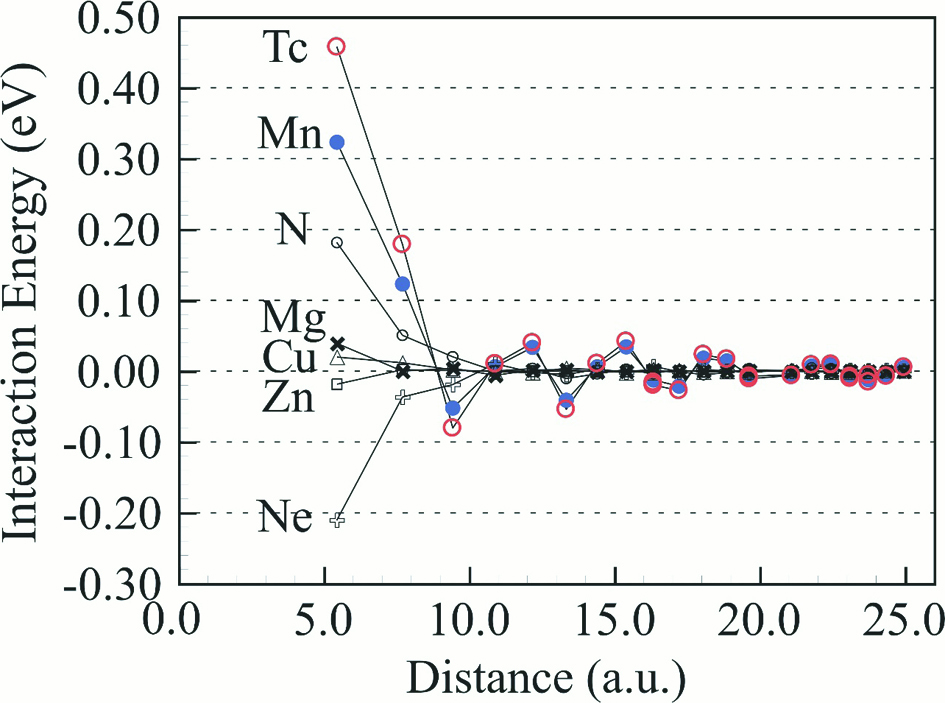
- |<
- <
- 1
- >
- >|
-
大村 朋彦原稿種別: オーバービュー
2020 年 84 巻 9 号 p. 285-294
発行日: 2020/09/01
公開日: 2020/08/25
ジャーナル フリー HTMLResearches on appropriate hydrogen charging methods for simulating hydrogen absorption in low alloy steels, stainless steels and high Ni alloy, from actual environments were overviewed. Both absorbed hydrogen concentrations and hydrogen desorption profiles were compared between various hydrogen charging conditions using thermal desorption analysis (TDA) on hydrogen-charged samples. For low alloy steels, immersion or cathodic hydrogen charging in aqueous solutions were appropriate for simulating hydrogen absorption from atmospheric corrosion or high pressure gaseous hydrogen environments. Absorbed hydrogen concentration could be controlled by adding appropriate amount of hydrogen-promoter or adjusting cathodic current density and applied potential in aqueous solutions. Comparisons in TDA profiles showed that the ratio of strongly-trapped hydrogen and weakly-trapped hydrogen changed depending upon the total amount of absorbed hydrogen. This result means the state of hydrogen in steels can change according to the amount of absorbed hydrogen. For stainless steels or high Ni alloy, cathodic hydrogen charging in aqueous solutions was appropriate for simulating high pressure gaseous hydrogen environments or galvanic coupling conditions. TDA profiles apparently differed depending on hydrogen charging temperature or duration. However, numerical simulation indicated that these profiles were decided by initial hydrogen distribution in specimens, not by trapped hydrogen, contrary to low alloy steels.
 Fig. 3 Comparison in absorbed hydrogen concentration between hydrogen charging methods. Fullsize Image抄録全体を表示PDF形式でダウンロード (1681K) HTML形式で全画面表示
Fig. 3 Comparison in absorbed hydrogen concentration between hydrogen charging methods. Fullsize Image抄録全体を表示PDF形式でダウンロード (1681K) HTML形式で全画面表示
-
安里 光裕, 劉 暢, 藤間 信久, 星野 敏春, 毛利 哲夫原稿種別: 論文
2020 年 84 巻 9 号 p. 295-303
発行日: 2020/09/01
公開日: 2020/08/25
[早期公開] 公開日: 2020/07/31ジャーナル フリー HTMLWe presented systematical ab-initio calculations for the n-body (n = 1-4) interaction energies (IEs) in Al-rich AlX (X = H~Sn) alloys, by using the full-potential Korringa-Kohn- Rostoker Green's function (FPKKR) method, and clarified the fundamental features and the thermal electronic contribution due to the Fermi Dirac (FD) distribution for these IEs. We show the calculated results for the IEs: (1) the 2-body IEs of the X = 3d and 4d impurities are strongly repulsive at the 1st-nearest neighbor (nn) and show the oscillating behavior with the interatomic distance; (2) the 1st-nn 2-body IEs of the X = Ne, Ar, and Kr (inert gas elements) impurities are strongly attractive; (3) the 1st-nn 2-body IEs around X = N (2sp element) are repulsive and relatively high; (4) the thermal electronic contribution due to the FD distribution is considerably high for the X = d impurities, while very low for the X = sp impurities; (5) the n-body (n = 1-4) IEs of the X = 3d and 4d impurities in Al and the thermal electronic contribution for these n-body IEs may be in general lower and lower with the increase in n. It is also discussed that the fundamental features (attraction or repulsion) of the calculated 2-body IEs may be understood by considering the strength differences among the X−X, Al−X, and Al−Al interactions.
Mater. Trans. 61(2020) 94-103に掲載
 Fig. 7 Distance dependence up to the 20th-nn, for X−X (X = N, Ne, Mg, Mn, Cu, Zn, and Tc) IEs in Al. There are two equivalent sites for the 9th-, 13th-, 16th-, 17th-, and 18th-nn pairs. The k-point set in the irreducible BZ, being equivalent to the 100 × 100 × 100 k-point set in the standard BZ of the Al-host, is used for the k-space integration. The TFD and lattice parameter are fixed at 800 K and 7.7 a.u., respectively. The IEs of Mn-Mn (3d-3d) and Tc-Tc (4d-4d) interaction are oscillating and long-ranged by the strong sp-d interaction of Al-Mn and Al-Tc, respectively. See the text for details. Fullsize Image抄録全体を表示PDF形式でダウンロード (7936K) HTML形式で全画面表示
Fig. 7 Distance dependence up to the 20th-nn, for X−X (X = N, Ne, Mg, Mn, Cu, Zn, and Tc) IEs in Al. There are two equivalent sites for the 9th-, 13th-, 16th-, 17th-, and 18th-nn pairs. The k-point set in the irreducible BZ, being equivalent to the 100 × 100 × 100 k-point set in the standard BZ of the Al-host, is used for the k-space integration. The TFD and lattice parameter are fixed at 800 K and 7.7 a.u., respectively. The IEs of Mn-Mn (3d-3d) and Tc-Tc (4d-4d) interaction are oscillating and long-ranged by the strong sp-d interaction of Al-Mn and Al-Tc, respectively. See the text for details. Fullsize Image抄録全体を表示PDF形式でダウンロード (7936K) HTML形式で全画面表示 -
高木 誠, 長江 昂亮, 木内 亮介, 岩田 博之, 坂 公恭原稿種別: 論文
2020 年 84 巻 9 号 p. 304-309
発行日: 2020/09/01
公開日: 2020/08/25
ジャーナル フリー HTMLMicrotribology of silicon single crystals is one of the key technologies from the viewpoint of reliability of practical application in micro electro mechanical system (MEMS). In the study, a silicon single crystal (100) wafer was scratched by a silicon single crystal tip under a very small loading force in various atmospheres and temperatures, which was characterized using an atomic force microscope. In air and water, the silicon single crystal tips were worn greatly. However, the morphology of the scratched wafer surface was quite different; in air the scratched area of the wafer surface was forming a terrace. In vacuum, the tips were worn slightly. In terms of the effects of temperature, the silicon single crystal softened at 473 K was worn. At 673 K, the silicon single crystal wafer was worn greatly and stick-slip like phenomenon occurred between the silicon single crystals significantly softened. As a result, microtribology is affected by atmospheres or temperatures.
 Graphical Abstract Fullsize Image抄録全体を表示PDF形式でダウンロード (1954K) HTML形式で全画面表示
Graphical Abstract Fullsize Image抄録全体を表示PDF形式でダウンロード (1954K) HTML形式で全画面表示
- |<
- <
- 1
- >
- >|